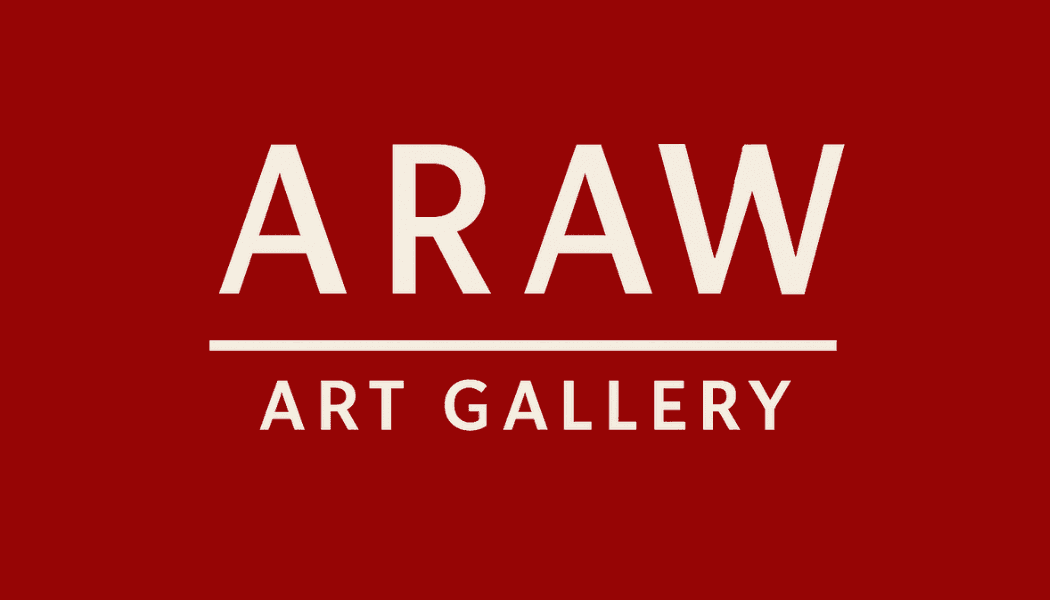How to Spot Authentic Filipino Art
Understanding the Richness of Filipino Art
Filipino art is a vibrant tapestry of history, culture, and tradition. With influences ranging from indigenous practices to colonial impacts, it reflects the diverse and rich heritage of the Philippines. Whether you're a collector or an enthusiast, knowing how to identify authentic Filipino art can enhance your appreciation and ensure that you are supporting genuine talent.

Recognizing Traditional Techniques
One of the first steps in spotting authentic Filipino art is understanding the traditional techniques used by local artists. Many Filipino artworks are characterized by intricate weaving, vibrant textiles, and detailed wood carving. Weaving is a significant part of Filipino culture, with different regions having distinct styles and patterns. For instance, the tinalak from the T'boli people uses abaca fibers dyed in striking patterns.
Another traditional technique is wood carving, often seen in the religious and cultural artifacts of the Ifugao and Maranao groups. Authentic pieces typically display a high level of detail and craftsmanship, reflecting the skill passed down through generations.
Identifying Iconic Filipino Motifs
Authentic Filipino art frequently incorporates iconic motifs that are rooted in the country's history and folklore. Common themes include elements from nature, such as the sarimanok, a legendary bird symbolizing good fortune, and representations of the lush tropical environment.

You might also find influences from the country's colonial past, with artists integrating Spanish and American elements into their works. Recognizing these motifs can help you distinguish authentic Filipino pieces from imitations that lack cultural depth.
Evaluating the Artist's Background
An artist's background plays a crucial role in the authenticity of their work. Many Filipino artists have studied under renowned mentors or come from generations of artisans. Researching the artist’s biography can provide insights into their training, influences, and authenticity.
It's also beneficial to explore their previous works and exhibitions. Authenticity often shines through consistent themes and styles that align with traditional Filipino art practices. Additionally, artists who actively engage with their communities or participate in cultural preservation initiatives are more likely to produce genuine works.

Supporting Local Galleries and Collectives
Purchasing from reputable galleries or art collectives can significantly increase your chances of acquiring authentic Filipino art. These establishments often collaborate directly with artists, ensuring fair compensation and helping preserve cultural heritage. Look for galleries that have a history of showcasing Filipino talent and are recognized by local art organizations.
Supporting these venues not only helps you obtain authentic pieces but also contributes to the sustainability of the arts within the community. Many galleries host exhibitions or workshops where you can learn more about Filipino art and its creators.
Verifying Authenticity Through Documentation
Lastly, ensure that any piece you consider purchasing comes with proper documentation. This could include a certificate of authenticity, provenance records, or even a detailed description by the artist. Such documentation serves as proof of the artwork's origin and authenticity.
By equipping yourself with knowledge about traditional techniques, motifs, and artist backgrounds, you can confidently navigate the world of Filipino art. Embrace the opportunity to support authentic creators and preserve the rich cultural legacy they represent.
